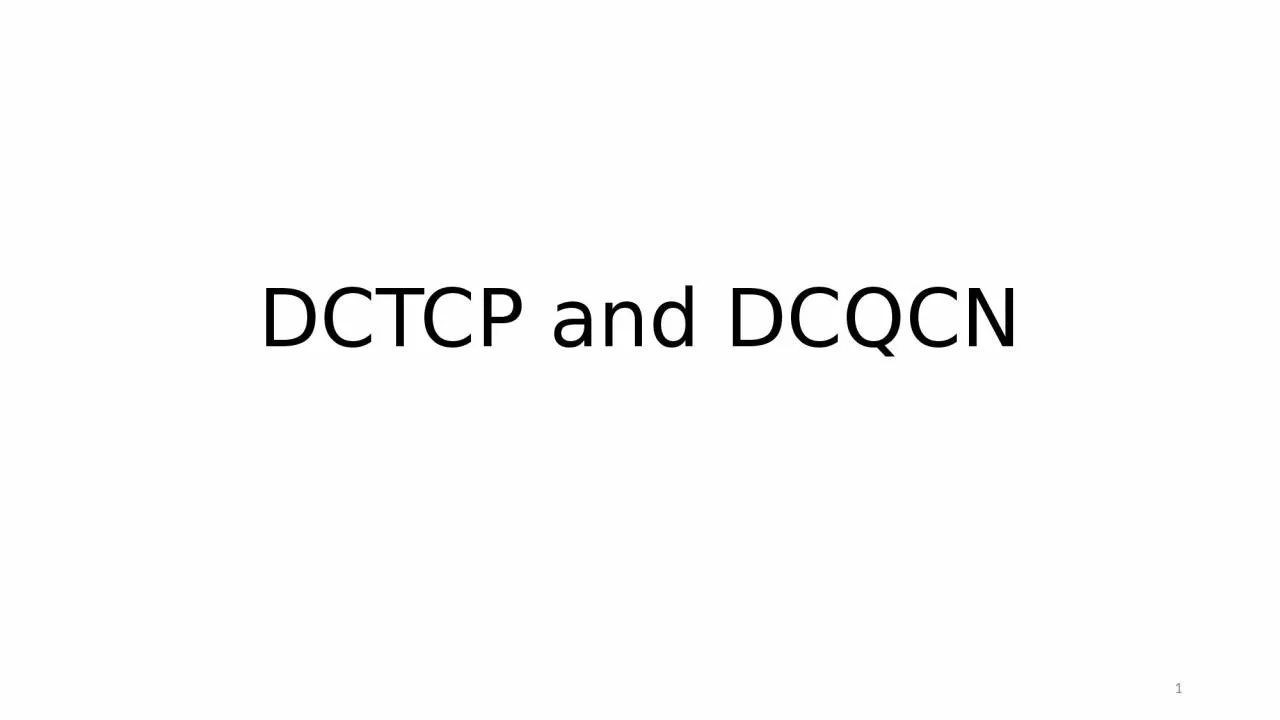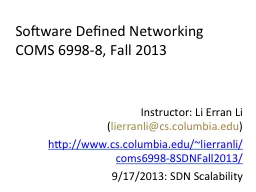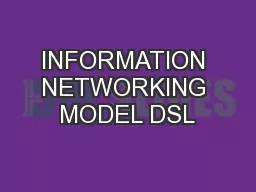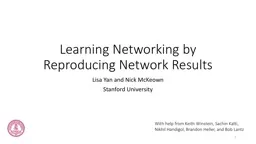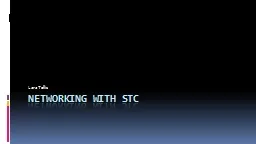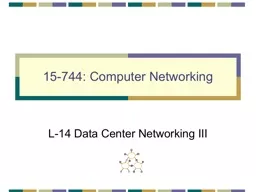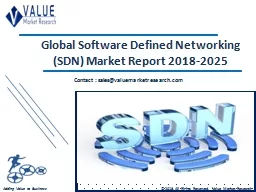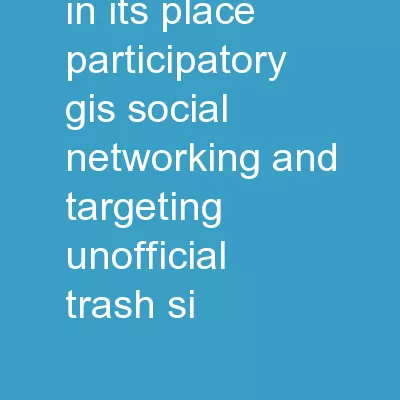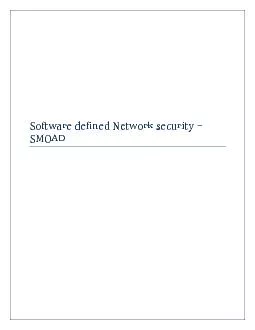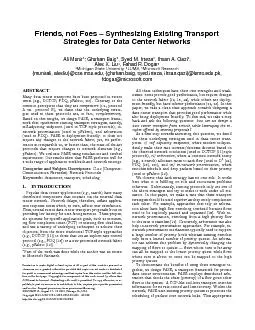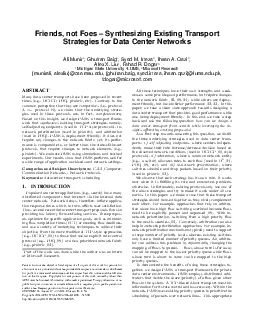PPT-DCTCP and DCQCN 1 How to read a systems/networking paper
Author : evelyn | Published Date : 2024-02-02
Measurement papers excluded 2 I would have done this so differently and so much better 3 DCTCP Presenting work of many teams in Microsoft 4 5 Poor search performance
Presentation Embed Code
Download Presentation
Download Presentation The PPT/PDF document "DCTCP and DCQCN 1 How to read a systems/..." is the property of its rightful owner. Permission is granted to download and print the materials on this website for personal, non-commercial use only, and to display it on your personal computer provided you do not modify the materials and that you retain all copyright notices contained in the materials. By downloading content from our website, you accept the terms of this agreement.
DCTCP and DCQCN 1 How to read a systems/networking paper: Transcript
Download Rules Of Document
"DCTCP and DCQCN 1 How to read a systems/networking paper"The content belongs to its owner. You may download and print it for personal use, without modification, and keep all copyright notices. By downloading, you agree to these terms.
Related Documents

